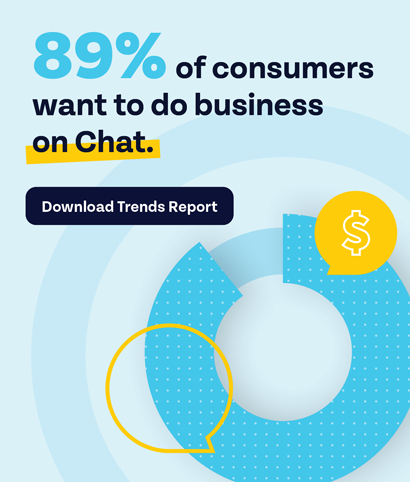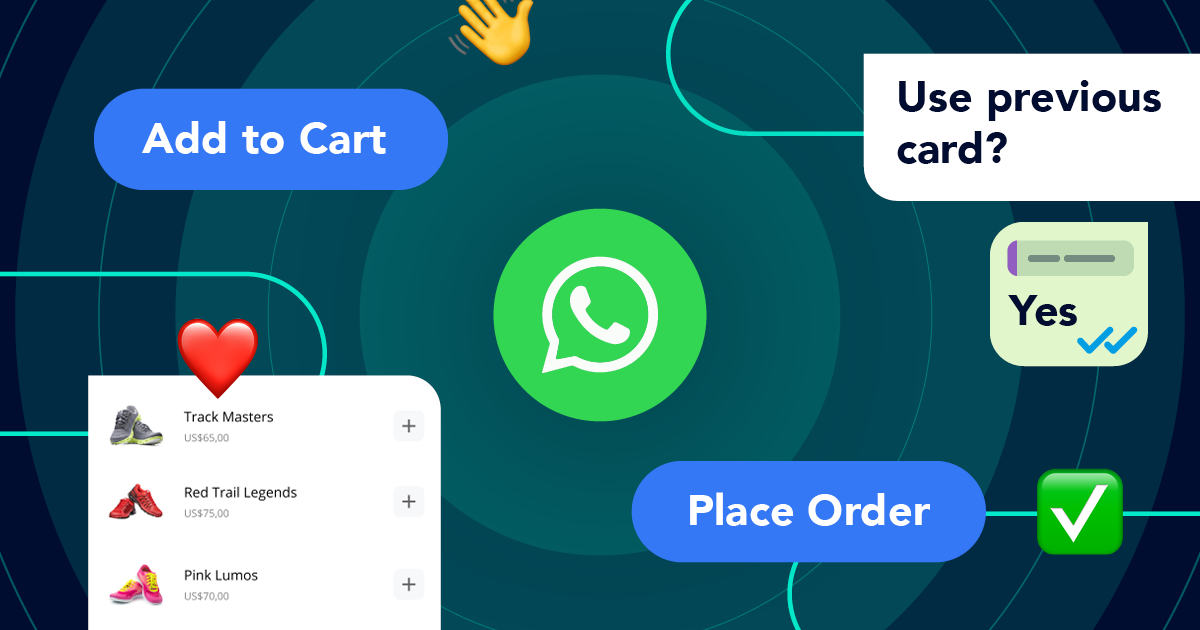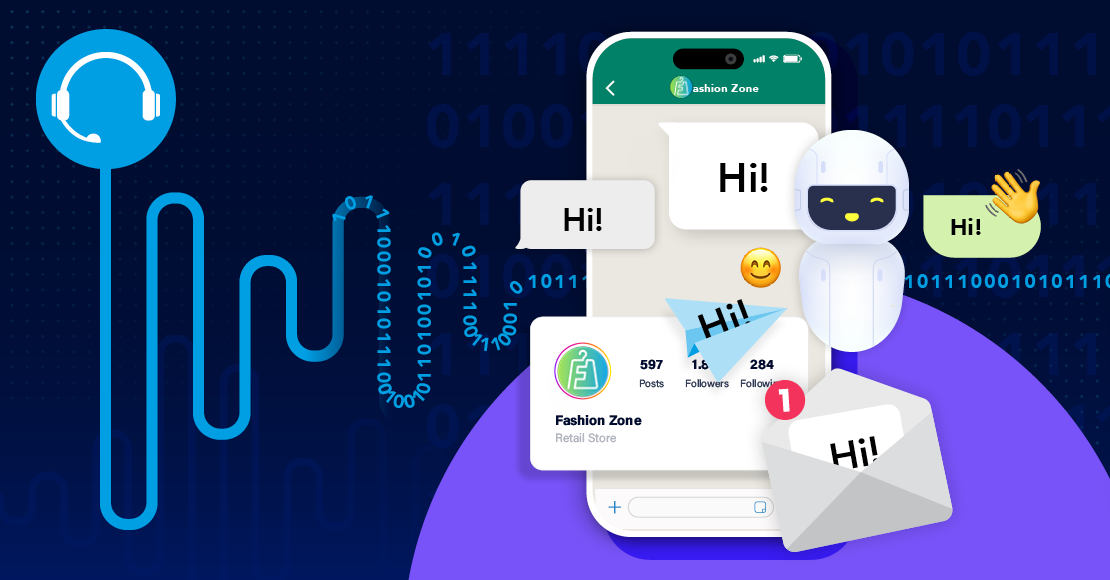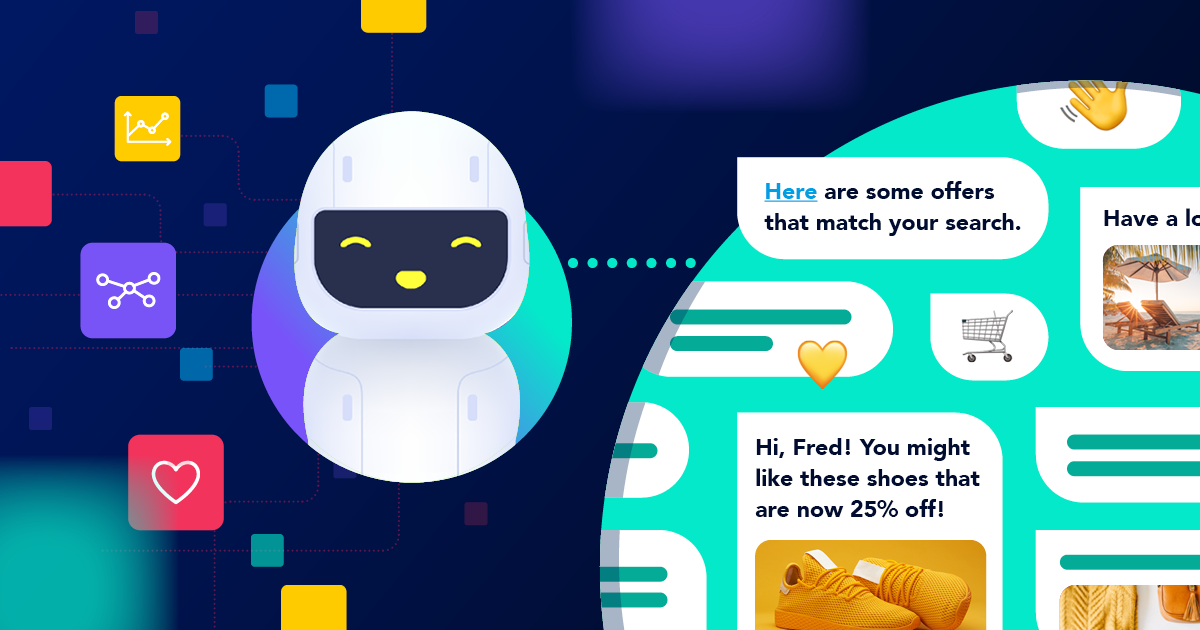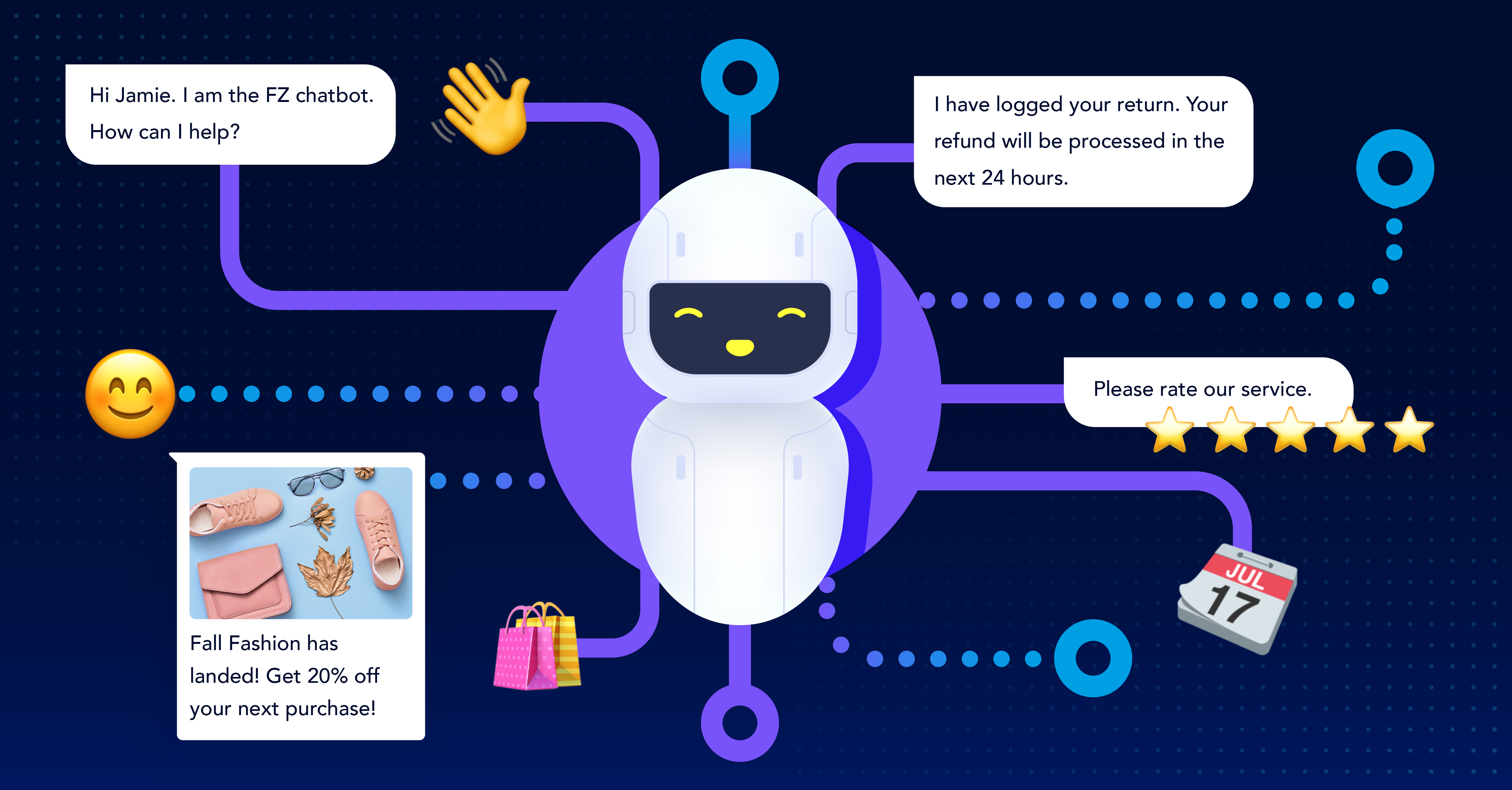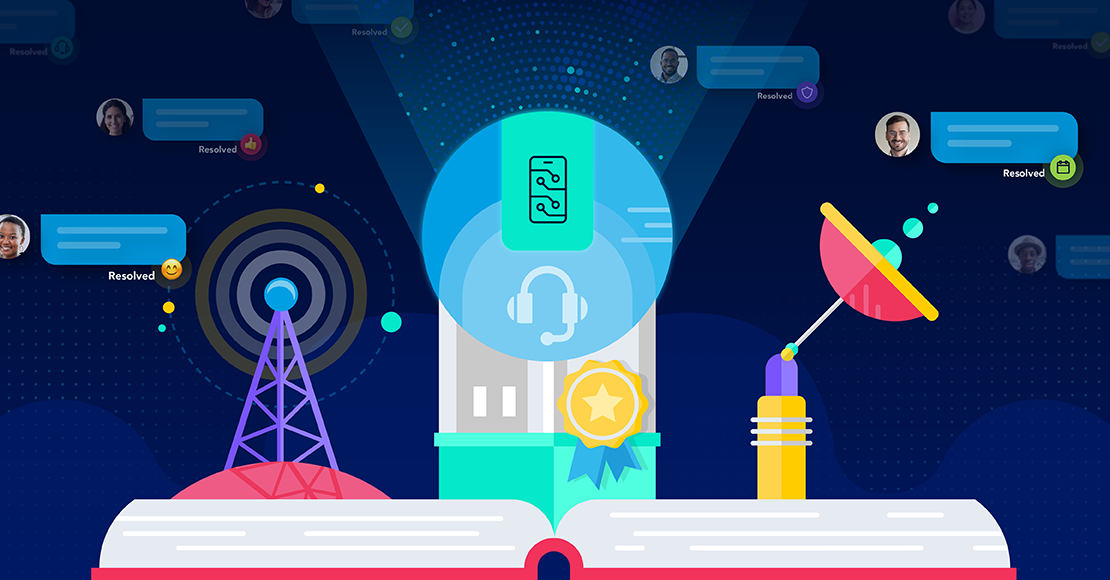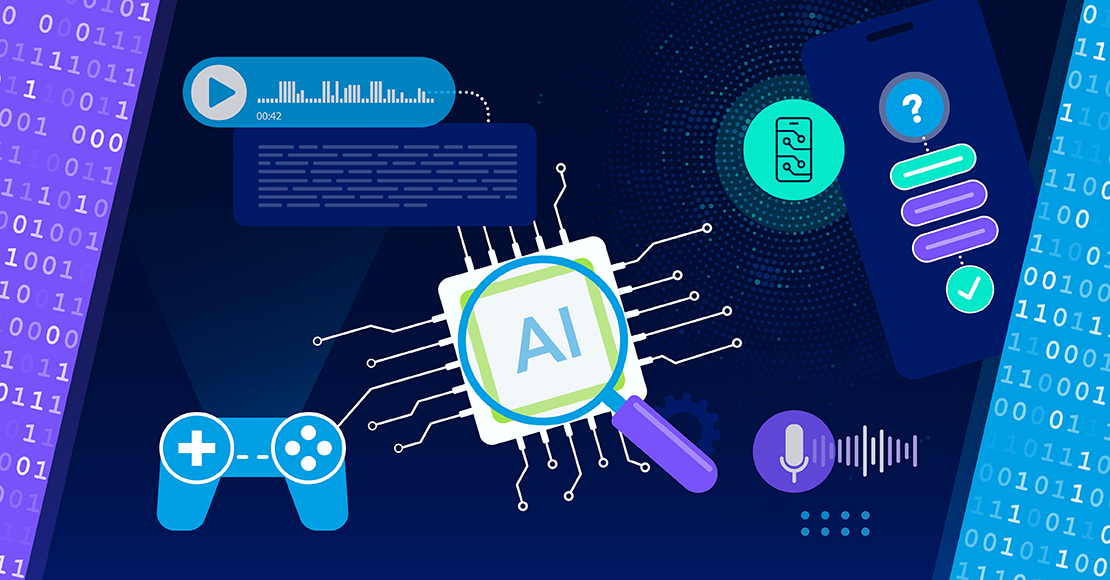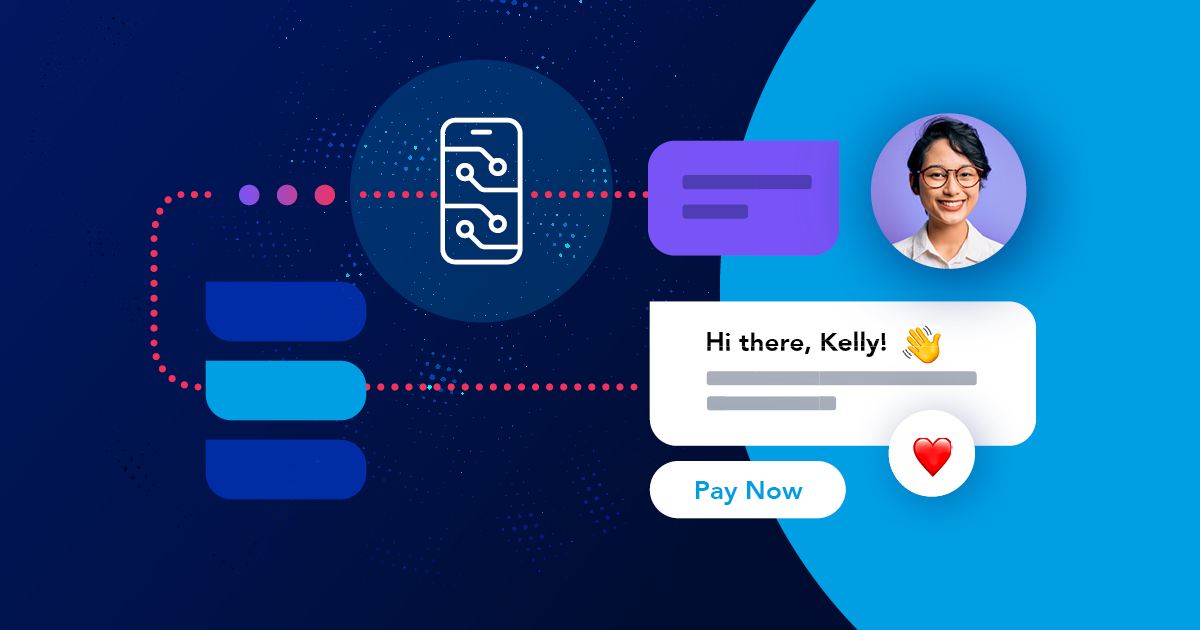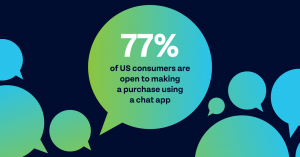
There’s little debate that digital engagement is now the way people communicate with each other. Consumers are mobile first and spend an ever-increasing portion of their daily lives in the digital world. We work, learn, communicate, and shop online, usually using a smartphone.
Chat has gone mainstream for consumers and businesses.
Today, nearly 6 billion people actively use chat apps, with the overwhelming majority using their favorite app – like Facebook Messenger and WhatsApp – on a daily basis. And as much as we communicate with each other through Chat, the wave is extending to businesses, too.
Clickatell has just announced its first-ever Chat Commerce Trends Report, a survey of more than 1,000 US banking customers, and the results speak volumes about the opportunities ahead for businesses, from banks to restaurants, retail and everything in between.
Chat Apps are the New Standard for Communication
How popular is chat in the U.S.? Almost 9 in 10 consumers surveyed already regularly use chat apps on a mobile device. Even we couldn’t predict this level of use and engagement!
While people are ready to chat with businesses in many verticals, their desire to use chat for banking was particularly notable. The majority of U.S. banking consumers surveyed said they would use a chat app for banking if it was offered. Seventy percent would use chat as a communications channel and 77% are open to make purchases via a chat app. One-third of the 1,000 people surveyed have already communicated with a bank via a chat app.
U.S. banks need to act fast to develop the chat innovations their customers are asking for.
The survey found that U.S. consumers love chat - 88% of consumers surveyed use chat apps on a mobile device with Facebook Messenger and Apple iMessage being the most commonly used.
U.S. consumers are also active users of chat apps, with 79% using their favorite chat apps each day to communicate with friends and family.
Facebook Messenger and Apple iMessage lead the list of apps used, followed by Snapchat, Instagram’s chat feature and WhatsApp.
Our survey also found that not only are businesses moving to chat in large numbers, consumers are communicating with them in chat like never before. More than half of the 1,000 consumers in the survey have communicated with a business in their favorite chat app.
Additionally, of those surveyed who have not communicated with a business in chat, 71% would like to – and they list a variety of businesses that they would like to chat with, from internet, utiliity and phone providers to restaurants, retail, and entertainment.
Millennials and Gen Z transact with businesses most frequently.
And Chat will be a new business driver for banks as younger generations are accessing their bank via mobile more than Gen X, Baby Boomers.
The survey results also strongly suggest that Chat Commerce is the future of banking, with1 in 3 have communicated with a bank using a chat app already and nearly three-quarters (73%) interested in banking via chat.
70% are likely to use a chat app for banking if their bank offered it; Millennials are most likely to use a chat app for banking tasks if it were offered
65% say Covid-19 has changed the way they use banking apps, including 12% who started using an app for the first time
Millennials increased the way they use banking apps the most due to Covid-19
Chat Commerce in the U.S. is primed for takeoff – especially in the retail, restaurant and food delivery, and banking verticals. Consumers use chat apps extensively – even with businesses.
71% don’t like having to download a different mobile app for every company they work with
77% are open to making a purchase using a chat app
Consumers are communicating with businesses through chat; Retail (45%), Food Delivery (40%), Hospitality (39%), Banks (34%)
Curious to find out more about how your business can get started with chat?
Drop our sales team a note and learn more about how you can drive innovation, reduce costs, and create a new revenue stream by immediately implementing Chat Commerce solutions from Clickatell.
Step into the future of business messaging.
SMS and two-way channels, automation, call center integration, payments - do it all with Clickatell's Chat Commerce platform.
